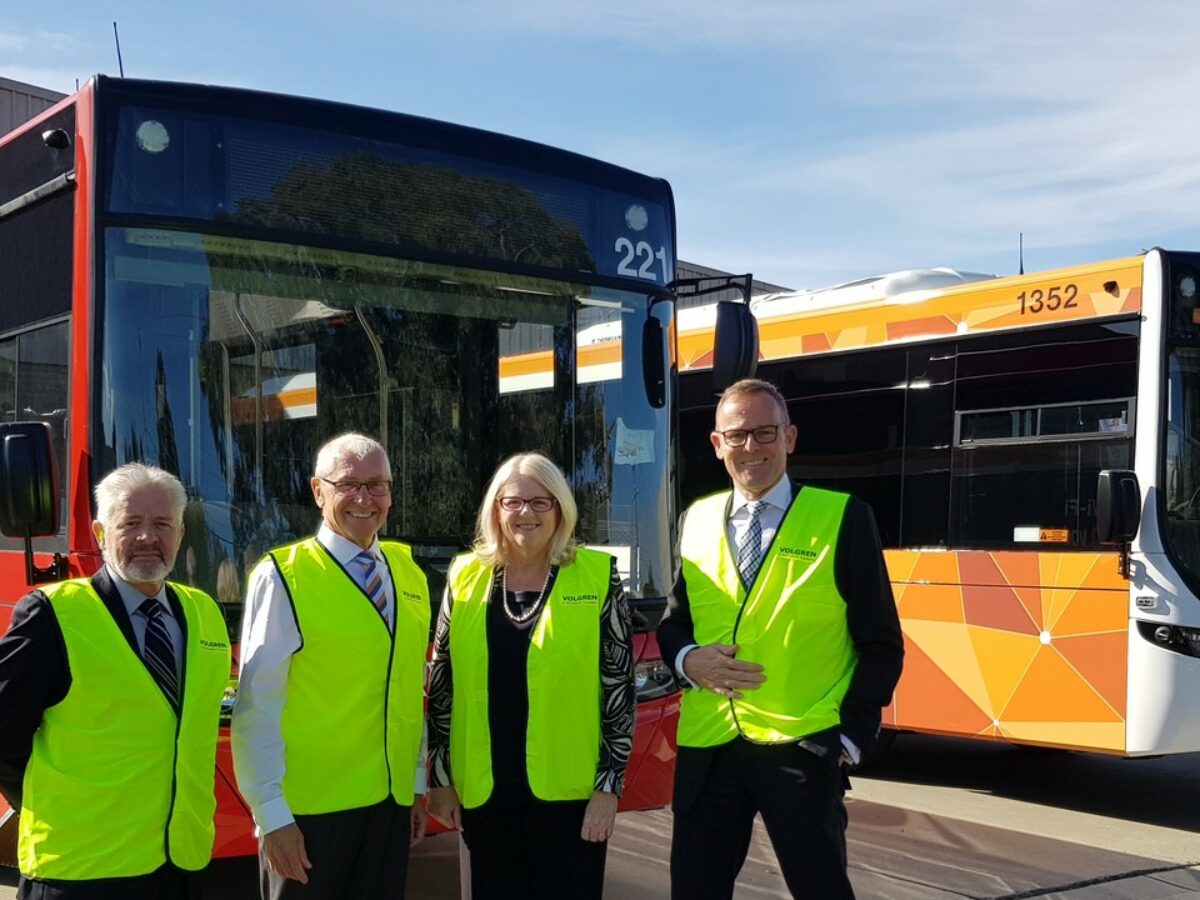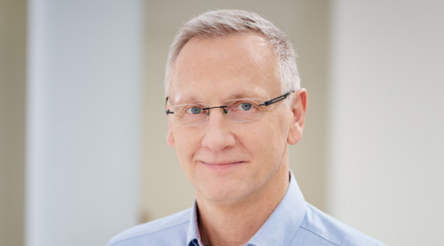Why some don’t miss the bus

By Jens Goennemann, Managing Director, Advanced Manufacturing Growth Centre
At bus maker Volgren, Australian automotive business is booming. Last year was their best since 2011, with over 600 buses made, and around 30 nifty low-floor vehicles going straight to Japan. Good morning, doomsayers!
Like any resilient manufacturer, they are thinking hard about a future in which electrification will feature, and AMGC is on board for that journey. Volgren CEO Peter Dale reckons there’ll be more change in bus powertrain technology in the next five years than there has been in the last 30. In order to cater for those changes, buses will need to be lighter yet stronger to accommodate some very big batteries.
Volgren’s Bus Optimisation Project aspires to take an entire tonne out of their Optimus model, which requires nothing short of a wonder material. And the wonder material is element #21: Scandium, which is currently expensive and short in supply, but does incredible things when alloyed in very tiny amounts with element #13, good ol’ Aluminium.
There are few suppliers of Scandium, and global volumes traded are guessed to be under 20 tonnes per year with a price tag of $US 1,000 per kilogram or more, if a supply can be found at all. However, this could change soon, thanks to Volgren’s collaboration with Clean TeQ, which is developing a Scandium / Nickel / Cobalt mine in NSW, as well as Deakin University Institute for Frontier Materials researchers, bus companies Marcopolo and Hess – and AMGC.
The AMGC co-funded group developed a model alloy with the optimal amount of Scandium, along with Aluminium and tiny amounts of Zirconia and Silicon. This was followed by designing the right process parameters, optimising the extrusion process for the alloy, and prototyping new bus parts that take advantage of a 20 per cent strength increase and 30 per cent weight saving.
The potential is vast, with Marcopolo, the Brazilian parent company of Volgren, manufacturing around 30,000 bus bodies a year. There is a big opportunity to sell stronger, lighter bus bodies into Marcopolo’s and Hess’s global supply chains, especially as global appetite for electric buses grows.
When the Scandium show hits the road, it will demonstrate how to develop high-value products from Australian high-value resources, rather than just dig and ship them to others for them to do the smarts.
How comical would it be if, of all companies, it was up to an Australian automotive manufacturer to show how to do something clever with a domestic commodity, and sell the results into global value chains?
Today, Minister Andrews chose advanced manufacturer Volgren as the location to announce the first SME Export Hub. A splendid choice.
(Pictured: Paul Fowler (President AMTIL), Peter Dale (CEO Volgren) and Minister Karen Andrews announcing Manufacturing Export Hub)
This article originally was originally published on Jens’s Linkedin. Follow Jens on Twitter
Subscribe to our free @AuManufacturing newsletter here.
Topics Manufacturing News
@aumanufacturing Sections
Analysis and Commentary Awards Defence Manufacturing News Podcast Technology Videos










